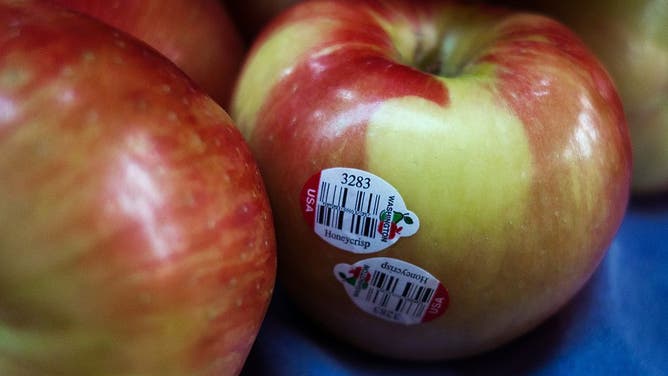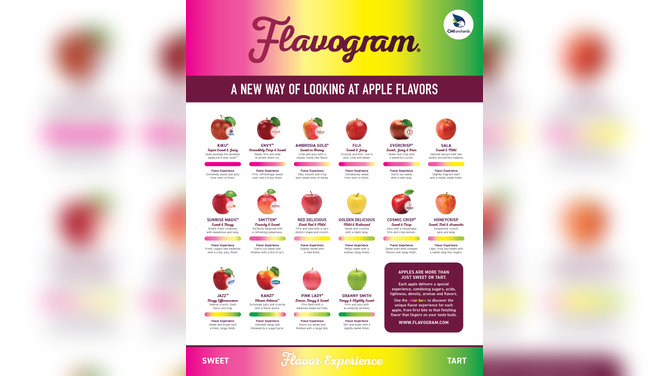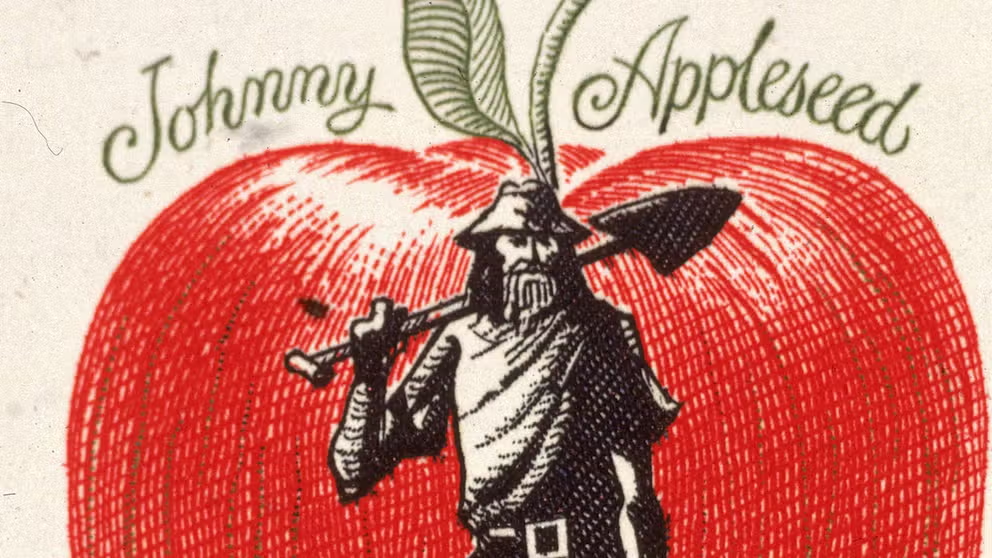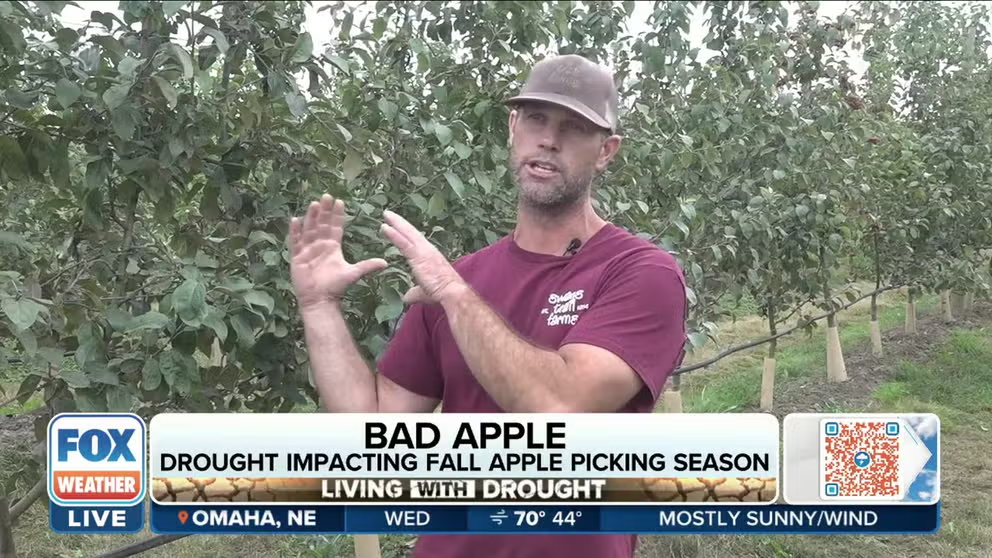Mixed bag: Apple production still reeling from historic heat wave
If picked too early, an apple won’t be sweet. After an apple is picked, it will continue to ripen but won’t get any sweeter.
Johnny Appleseed: The man and the myth
Johnny Appleseed is a famous American myth, but did you know he's based on a real person named John Chapman?
There is nothing more American than apple pie, right? Well, despite all the fanfare, apples are not native to North America, and the country ranks well behind places such as China and the European Union in total production of the delectable fruit.
There is no busier time for apple picking than in the late summer and fall months as the crop reaches its peak sweetness.
States such as Washington, New York and Pennsylvania lead the country in production, and agriculture experts say the harvest is highly dependent on temperatures.
"So when you’re going out to your pumpkin patches, you likely are also going to stop by an apple orchard and cider house. We’re looking for a fairly decent apple season this year," said Raghela Scavuzzo, executive director of the Illinois Specialty Growers Association. "So with Apple production, you’re actually looking at the temperature during blooming period, and you’re hoping to not see a frost during the spring. A cold snap during crucial periods could harm your production."
WHEN YOU WILL SEE THE PEAK OF THE FALL FOLIAGE SEASON
Due to less volatility in temperature extremes than in previous years, apple yields are expected to exceed last year’s production values but fall well short of the U.S. Department of Agriculture’s five-year mean.
The U.S. Apple Association expects production to be off as much as seven percent than what the government considers to be average year.
The association said Washington could see a production drop off by as much as four percent, and Pennsylvania could see a decrease by 17 percent year over year.
To make up for shortfalls, Michigan is expected to increase output by around 68 percent this year after recent historic lows.
"A major environmental issue leading up to the 2021/22 calendar year had been the unprecedented heat wave in the Pacific Northwest. Extreme temperatures in June 2021 likely led to a significantly shorter crop in Washington and Oregon and may have impacted the sizes and storability of the remaining apples. Those heat-induced stresses could also negatively impact the 2022/23 calendar year yield as some industry experts are expecting Washington production to be down by 10%-15% year over year," the U.S. Apple Association said in a recent industry outlook.
Drought makes for poor apple picking season out West
Swans Trail Farms worker Nate Krause tells FOX News’ Jake Karalexis that two straight summers of high temperatures and drought put a dent in this year’s supply of apples. Karalexis notes the rainy spring in Washington State limited the amount pollen which trees depend on.
Despite the extreme weather, the industry of around 26,000 U.S. farmers is expected to produce 10.7 billion pounds of fruit by year’s end.
PUMPKIN FALL OUTLOOK: HOW THE SEASON’S HARVEST HAS WITHSTOOD WEATHER EXTREMES
What’s your favorite apple?
A recent, non-scientific poll of attendees at the North Carolina Apple Festival found the clear favorite is the Honeycrisp.
These apples tend to be smaller but provide a crunchy and sometimes explosive juicy texture.

Honeycrisp Apples are seen for sale at the Eastern Market February 25, 2014, in Washington, DC.
(PAUL J. RICHARDS/AFP via Getty Images / Getty Images)
There is good news for Honeycrisp fans, the five-year growth rate is up 48 percent, according to the U.S. Apple Association.
The growth comes at the expense of varieties such as the Golden Delicious, Gala and the Red Delicious.
The association reports production levels of all three types of apples are dropping while others gain in popularity.
The University of Illinois Extension office estimates there are around 2,500 varieties of apples grown across the country, with only about 100 that are commercially harvested.
With dozens of available varieties, the most challenging task for consumers could be finding which one apple best suits their taste buds.
Growers at CMI Orchards in central Washington have come up with an easy-read chart for understanding the complicated and delicious flavors of the fruit: Flavorgram chart.

Find your favorite apple flavor
(CMI Orchards)

